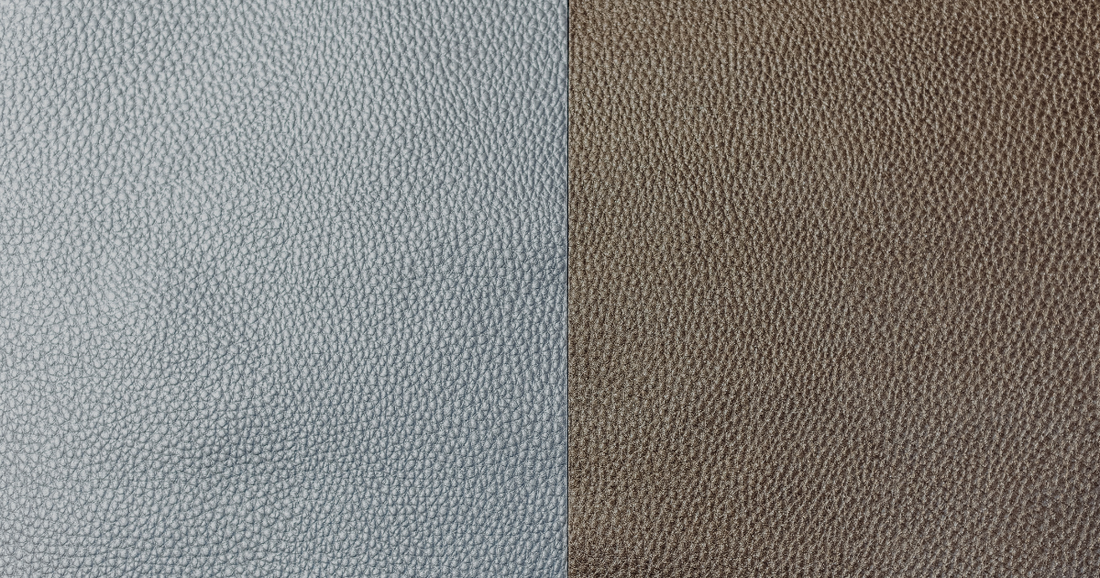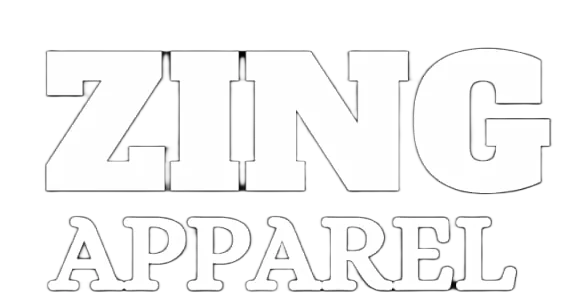
Tips to Identify Leather Quality
The 5 Tips to Identify Leather Quality
- Verify the leather's underside.
- Inhale It.
- Origin Nation.
- Take A Look and Feel.
- Genuine versus Top Grain Label.
1. Verify the Leather's Underside:
Since genuine leather is derived from animal hide, every piece is as distinct and erratic as the animal from which it originated. Grain consistency, uniformity, and regularity are frequently signs of a machine-made item.
These days, the market is filled with numerous synthetic materials that look identical and are priced significantly lower. Products labeled as "genuine leather" or "made with genuine leather" are also available, however, they are only partially constructed of pure leather. Marketers utilize these vague terms to mislead customers. You need to be able to distinguish between real and synthetic leather on your own if you intend to purchase an expensive high-quality leather product.
2. Inhale It:
Pour some inexpensive alcohol or diluted white vinegar into a little spray bottle. Don't soak your leather jacket; instead, lightly sprinkle both the inside and exterior. To dry, hang the item outside or next to an open window, depending on the weather. To keep the leather jacket supple, apply a final application of leather conditioner.
Recall that because the material it's constructed of is permeable, smells from mildew and perspiration may sneak in. Your leather jacket will smell better when it has been exposed to continuous wind and an open area. Hang the item for a minimum of 24 hours by placing it on a clothesline
3. Origin Nation:
The leather jacket's precise beginnings are unclear, but they may have had something to do with the German military's use of the material for their uniforms during World War I, the Russian Bolsheviks, commissars in the Russian Civil War, or American fighter pilots.
While leather jackets first gained popularity among motorcycle riders in 1928, the 1950s saw a notable increase in their use. When Marlon Brando wore the original Perfecto in 1953's The Wild One as a motorcycle gang leader, it became the epitome of cool thanks to the silver screen.
4. Take A Look and Feel:
Leather jackets promise to turn heads at any event, no matter what. And it makes sense that you would want to get the most out of it if you were spending a fortune on it.
However, it is untrue if you're concerned that you won't be able to wear your leather jacket to work and that the weekend is the only occasion you'll get to show it off. Even though some offices might find it too edgy or risqué, there is good news! You can look professional when you wear your leather jacket to work.
It should never be too tight—a leather jacket should be snug. It is worth mentioning that a freshly purchased leather jacket could first feel a bit stiff, particularly if it is composed of premium vegetable-tanned leather, which is the case for a lot of our designs.
5. Genuine Versus Top Grain Label:
Since it is a selling element for the product, a seller will undoubtedly label the leather as genuine top-grain or full-grain leather. Conversely, "genuine leather" usually refers to inferior quality, less resilient leather.
In general, top-grain leather is less costly than full-grain leather and, assuming the finish is intact, even more stain-resistant. But full-grain leather is the way to go if you're willing to spend a little bit extra on a higher-quality leather that will look fantastic and last a lifetime.
Is top-grain leather good quality?
If you're looking for an affordable, high-quality leather sofa that requires little upkeep, top-grain leather is a wonderful option. It lacks the unique look and feel of full-grain leather, though, and is not as strong.
Related Blogs:
- Top 5 Fake Leather
- Why Leather Jackets Are So Unique
- Top 5 Steps of Making Leather Jacket
